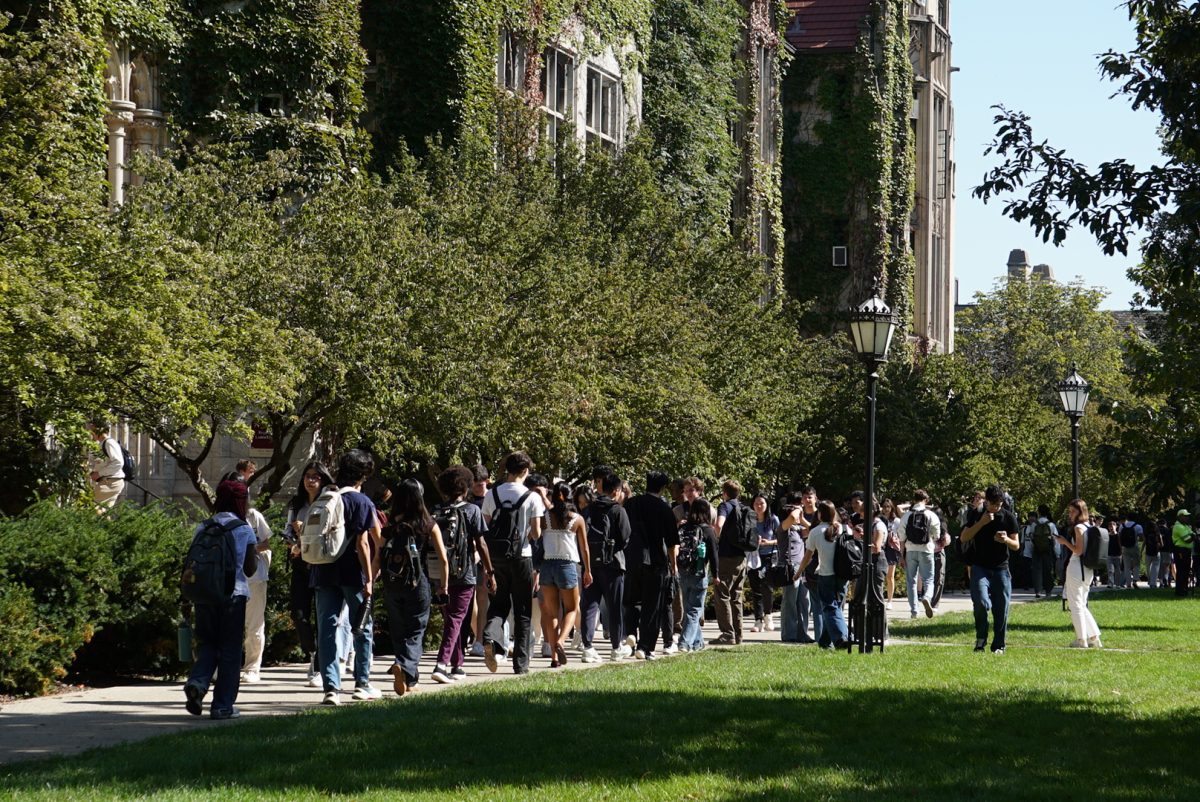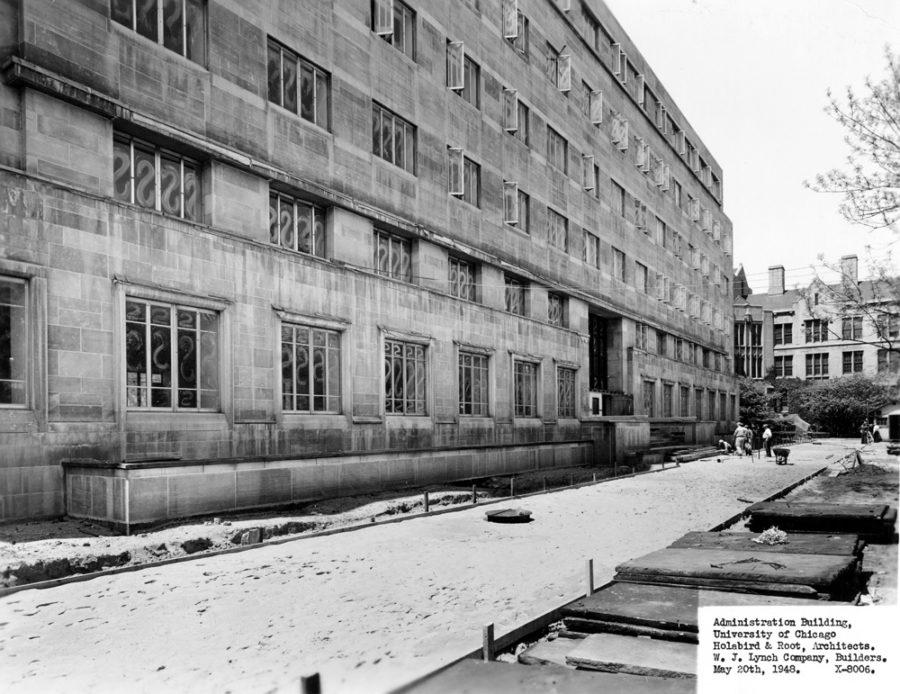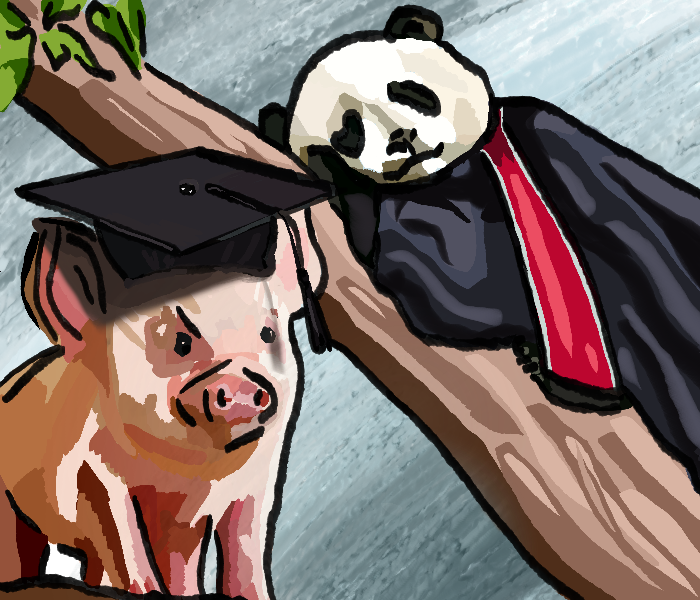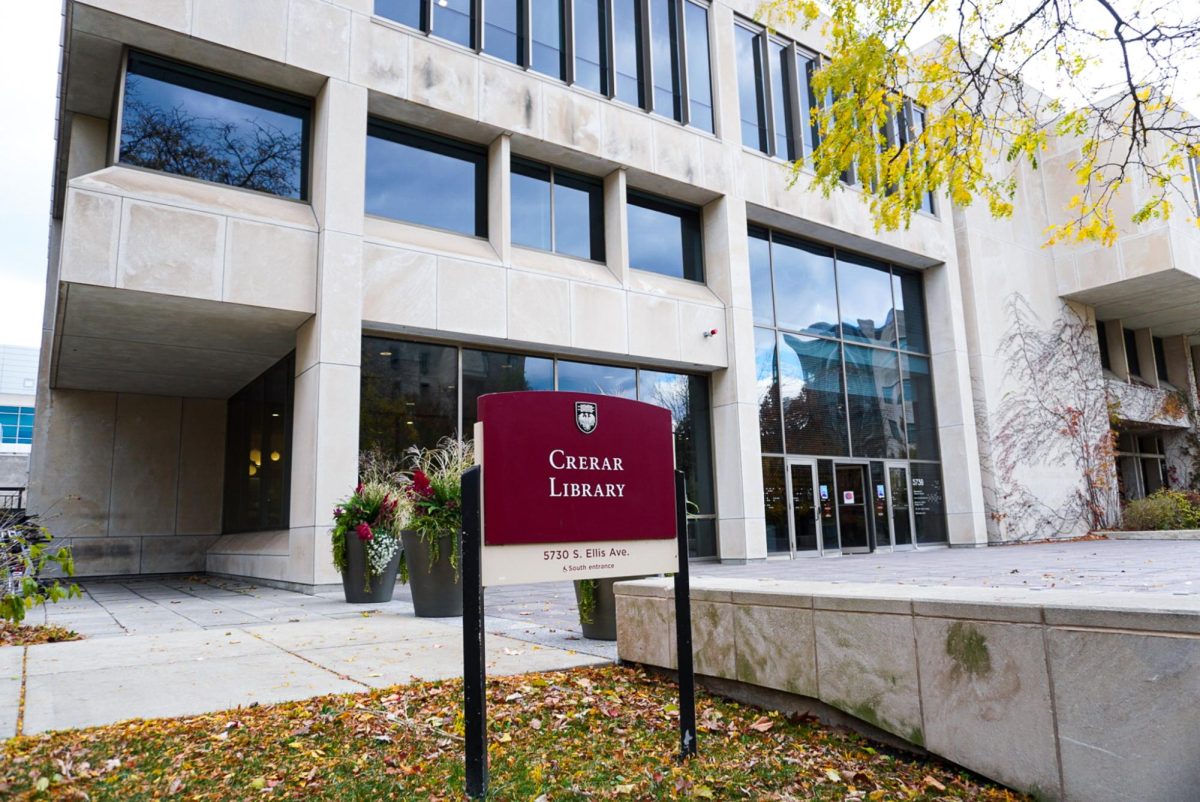The University’s recent approval of the Red Line Shuttle for the use of students has caused quite a stir among those same students who argued against Citibank and Taco Bell, with claims that the shuttle will marginalize those in the community by preferentially providing a service to University students, and not to the community as a whole.
But what’s missing from this debate is an acknowledgement that the primary responsibility for this problem lies not with the University administration or the Student Government, but with the Chicago Transportation Authority, which, let us not forget, recently raised rates in the name of improving service. It’s the job of the CTA, not the University, to respond to the needs of the Hyde Park community and the city as a whole.
The CTA’s failure to successfully provide transportation from Hyde Park to downtown is what motivates the need for the Red Line Shuttle in the first place. That the University should even have to consider the addition of a Red Line Shuttle indicates a huge failure on the part of the CTA to address the needs of its constituents. That the University should see it necessary to actually implement such a shuttle, and that the CTA has yet to show any outward signs that it views this implementation as indicative of the poor quality of its service, are even more damning.
Why then are we taking the University to task for addressing the needs of its students? Shouldn’t we, if anything, be congratulating the University for actually responding to the needs of those who pay the rather exorbitant tuition bills? I, for one, view the administration’s increased emphasis on improving quality of life at this University—evidenced by Ratner, Bartlett, Palevsky, the All-Night Study Space, and the Red Line Shuttle—as a good thing.
The University already funds buses and vans that traverse Hyde Park at all hours of the day and night, many of which are not open to the public. I wonder why these buses, which, I’m sure, pose a huge traffic nuisance, aren’t said to marginalize the community in the same way this Red Line Shuttle supposedly does?
By virtue of our association with this University, we are all members of a privileged class, with access to a service—the University—that the members of this community do not have. These privileges include health care, access to enormous electronic and academic resources, and services such as transportation. But the faculty, staff, and students of this University are its constituents—not the community.
This is not to say that the University should not engage with the community, or that it should be blind to the community’s needs. I whole-heartedly applaud the efforts, from fostering community service to redevelopment efforts in Woodlawn, that the University has undertaken to aid the community. Engagement and service to the community has been a hallmark of our University since the Harper era, and we should proudly continue that legacy. If it does not unduly tax the Red Line Shuttle—though I suspect it will—we should certainly consider opening it up to the public.
But let us not talk about marginalization of the members of the community, when in fact they are already marginalized by not being members of this university. We may try to assuage our liberal guilt for attending a University that costs $40,000 a year to attend by opening the Red Line Shuttle to the community, but the fact is that we as students will always be privy to services that the community as a whole will not have. I don’t hear cries for public access to the stacks at the Reg, the Student Care Center, or the drunk van why the Red Line Shuttle?
Meanwhile, if we really want to better the community, why not take the case to the root of the problem, the CTA, and force it to better the often-atrocious service that necessitates the Red Line Shuttle to begin with?






